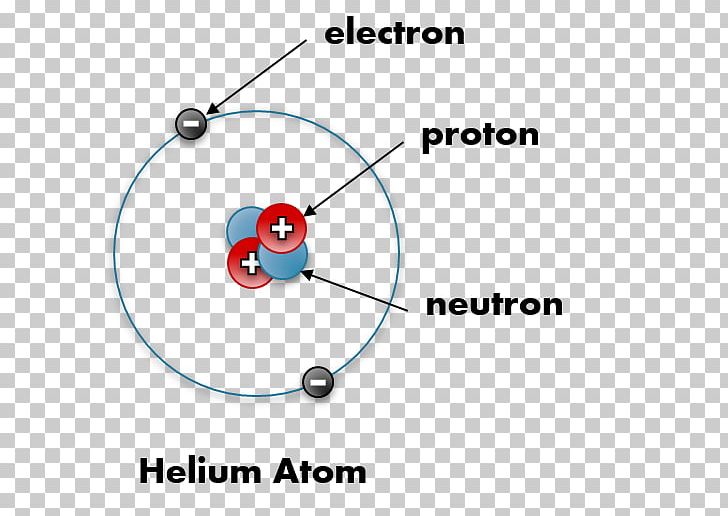

We then bring charge q 2 q 2 in from very far away to a distance r from the center of charge q 1 q 1. This takes no electrical energy, because there is no electric field at the origin (because charge q 2 q 2 is very far away). We start by placing charge q 1 q 1 at the origin of our coordinate system. For example, consider the electric potential energy of an assembly of two point charges q 1 q 1 and q 2 q 2 of the same sign that are initially very far apart. If the electric field is not constant, then the equation Δ U E = − q E ( x f − x i ) Δ U E = − q E ( x f − x i ) is not valid, and deriving the electric potential energy becomes more involved. On the right, the two-charge system gains electric potential energy when the positive charge is farther from the negative charge. On the left, the ball-Earth system gains gravitational potential energy when the ball is higher in Earth's gravitational field. The analogy between gravitational potential energy and electric potential energy is depicted in Figure 18.21. The electric potential energy is the work that a charge can do by virtue of its position in an electric field. This kinetic energy can be used to do work.
A PROTON CHARGE FREE
If the charge is free to move, the force due to the electric field causes it to accelerate, so its potential energy is converted to kinetic energy, just like a mass that falls in a gravitational field. By virtue of its position in an electric field, a charge has an electric potential energy. Potential energy is a very useful concept, because it can be used with conservation of energy to calculate the motion of masses in a gravitational field.Įlectric potential energy works much the same way, but it is based on the electric field instead of the gravitational field. The gravitational potential energy is the work that a mass can potentially do by virtue of its position in a gravitational field.

When the stone hits the nail, it does work by pounding the nail into the wood. When you drop the stone, gravity converts the potential energy into kinetic energy. You first lift the stone high above the nail, which increases the potential energy of the stone-Earth system-because Earth is so large, it does not move, so we usually shorten this by saying simply that the potential energy of the stone increases. For example, imagine you want to use a stone to pound a nail into a piece of wood. Point out that sometimes the reference position is at infinity, in which case this may not be explicitly stated.Īs you learned in studying gravity, a mass in a gravitational field has potential energy, which means it has the potential to accelerate and thereby increase its kinetic energy. In other words, a reference position is chosen, and all other potential energies are compared with the potential energy at the reference position. Remind students that gravitational potential energy is only meaningful when we deal with differences in energy. Review the concept of potential energy as being the potential an object has to do work by virtue of its position with respect to another object. Draw the analogy between this and potential energy. Upcoming experiments are discussed, and the deuteron charge radius puzzle is mentioned at the end.This section again uses the analogy between gravity and electric force to present electric potential energy and electric potential.Īsk students to define how potential is used in everyday life. Theoretical backgrounds and recent developments concerning the determination of the proton charge radius using different experimental techniques are also presented. This review examines the latest situation concerning the proton charge radius in light of the new experimental results from both atomic hydrogen spectroscopy and electron-scattering measurements, with particular focus on the latter. It also has an impact on the Rydberg constant, one of the most precisely measured fundamental constants in nature. Accurate knowledge about the proton charge radius is not only essential for understanding how QCD works in the nonperturbative region but also important for bound state QED calculations of atomic energy levels. Despite decades of efforts in studying its internal structure, there are still a number of puzzles surrounding the proton such as its spin and charge radius. Nucleons (protons and neutrons) are the building blocks of atomic nuclei and are responsible for more than 99% of the visible matter in the Universe.


 0 kommentar(er)
0 kommentar(er)
